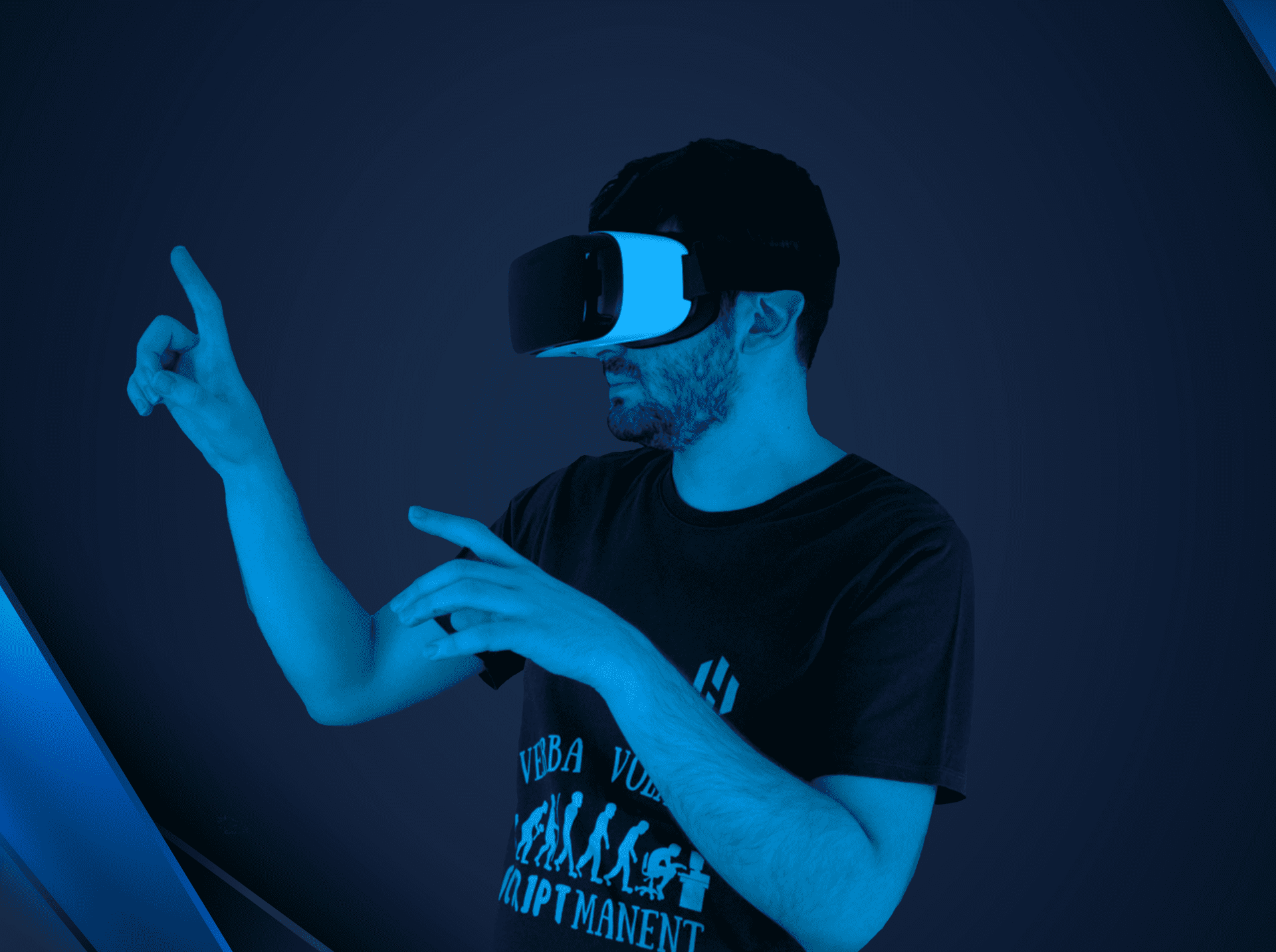The objective of our research was to compare the initial efficacy and acceptability, in this special population, of different motivational stimuli to improve motivation to quit smoking. We enrolled 40 young adult smokers, between their twenties and their thirties, not motivated to quit. Our study adopted a visual analog scale to assess the motivation to quit at first visit (baseline) and after three different types of stimuli: a packet of cigarettes containing shocking images; a brief film showing pulmonary effects of smoking; a virtual reality period based on the progression of smoking-related illnesses. We compared the motivation to quit smoking between the series of stimuli and between the stimuli and the baseline assessment. Compared with the first assessment, all stimuli were significant in improving the motivation for smoking cessation. There was a statistically significant modification between the packet of cigarettes and the movie. The difference between the packet of cigarettes containing shocking images and the virtual reality was significant. The difference between the film and the virtual reality was also highly significant. The application of virtual reality would appear to greatly increase the motivation to smoking cessation in young adult smokers not motivated to quit.
Video

